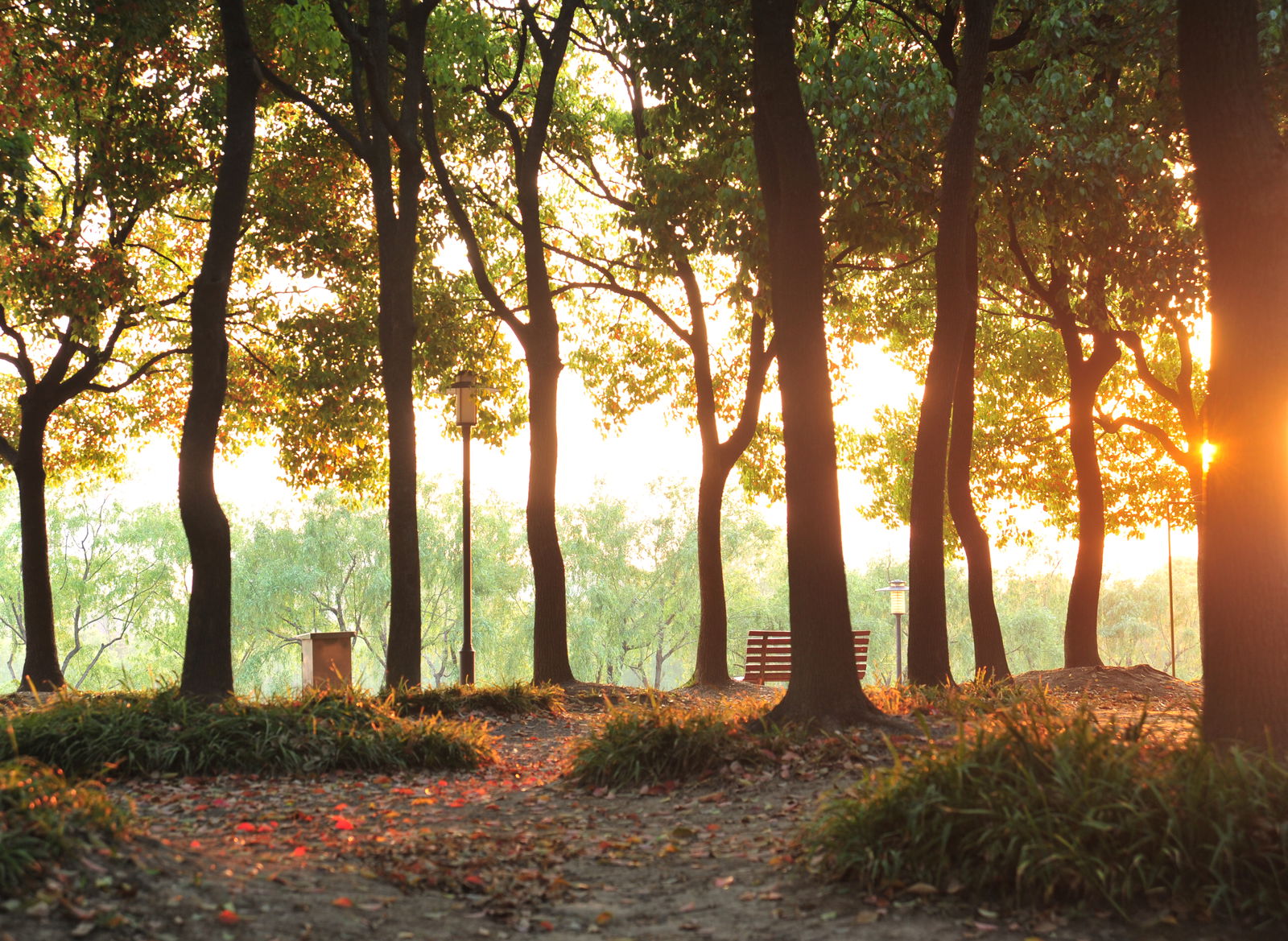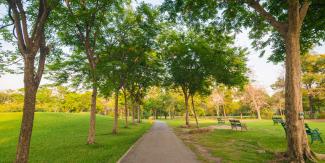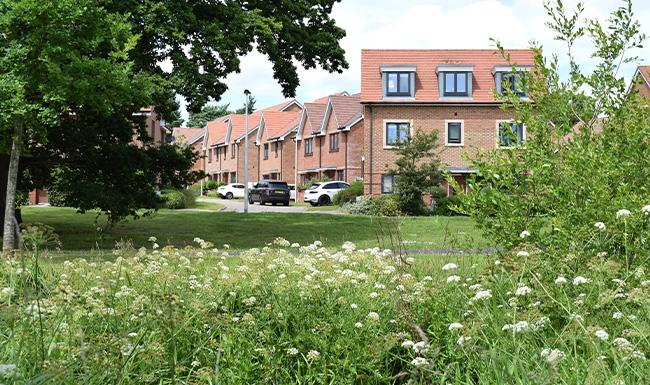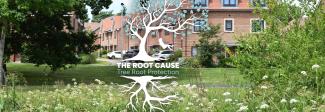
Blog
The Hidden Half of Every Tree: Why Protecting Roots Matters
06 October 2025
When we think of a tree, we tend to picture the trunk, branches and leaves. The bit we can see. The bit we enjoy. But that’s only half the story. What lies beneath, the root system, is just as vital. In fact, most of a tree’s health, strength and lifespan depend on what happens underground. And in housing developments, that hidden half is often the first to suffer. The roots of the problemTree roots aren’t deep and dramatic like the cartoons suggest. Most spread out laterally, close to the surface. Especially the fine roots that absorb water and nutrients. These roots can extend far beyond the canopy, often covering an area wider than the tree is tall. And that makes them vulnerable. On construction sites, roots are easily damaged by:
What’s more, root damage might not show straight away. A tree might look fine when you move in, but gradually decline over months or years, becoming unsafe or dying completely. Top blogs
Why this matters for house buyersIn our recent survey, many buyers said they value trees and green space. But few realised how easily trees could be compromised during development. The result? Streets that look green on day one but lose their character over time. Gardens where trees fail to thrive. Neighbourhoods that feel less settled and shaded than they promised. It doesn’t have to be this way. 
How developers can protect roots - and why you should careWe work with developers and landscape designers to protect tree roots before damage is done. We supply root-friendly solutions like: ProtectaWeb®: A geocell system that allows paths and driveways to be built over roots without compacting the soil. It spreads loads while allowing water and air to reach the roots. Nonwoven geotextiles: These help stabilise soil, support surface layers and prevent mixing - maintaining good structure around root zones. They can also help retain oil and other hydrocarbons from vehicles, stopping them from seeping into the ground and damaging sensitive root environments. These products are simple to install, compatible with sustainable drainage (SuDS), and help meet British Standards for tree protection in development (BS 5837). When used correctly, they give trees the best chance to survive and grow - even in busy, built-up environments. What to look for when buying a homeIf you’re viewing a new-build home and there are trees nearby, you might want to ask:
You don’t need to be an expert. Just showing that you value trees can make a difference - and help raise awareness of good (and bad) practice. The takeawayHealthy trees are a long-term asset. They make streets cooler, greener and more valuable. But once damaged, they’re hard to replace - and even harder to repair. Protecting the hidden half of the tree is just as important as keeping the top half in view. We believe that great places start underground - with solid support, healthy roots, and systems that allow nature and construction to work together. Because when roots are protected, everyone benefits - now and for years to come. Related content
The Root Cause: Download the survey results Discover what over 2,000 UK homebuyers really think about trees and greenery near their homes. 
The Root Cause There are so many ways that trees play a vital role in our lives - from boosting our health and wellbeing to reducing noise pollution and cleaning our air. 
Tree root protection Avoid a concrete jungle by including flexible rooting volume and growing trees in your urban developments. 
The Root CauseThrough The Root Cause, we want to start a conversation across the industry about the hidden but critical role of tree root protection. By highlighting buyer expectations alongside practical solutions, our aim is to support new build developers in creating schemes that deliver for both people and the planet. ProtectaWeb is just one part of this, but it is a vital tool for ensuring that the trees which give character, beauty and biodiversity to our communities are safeguarded for generations to come. |









